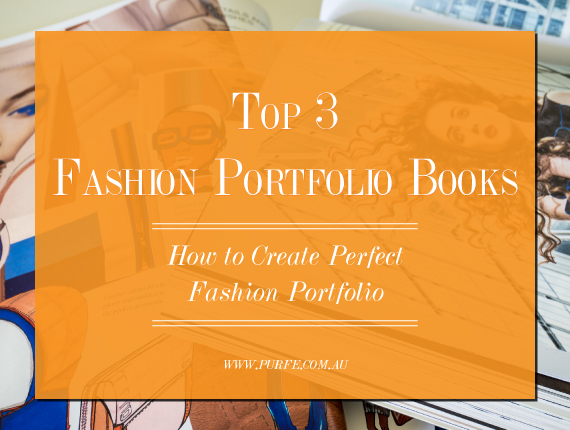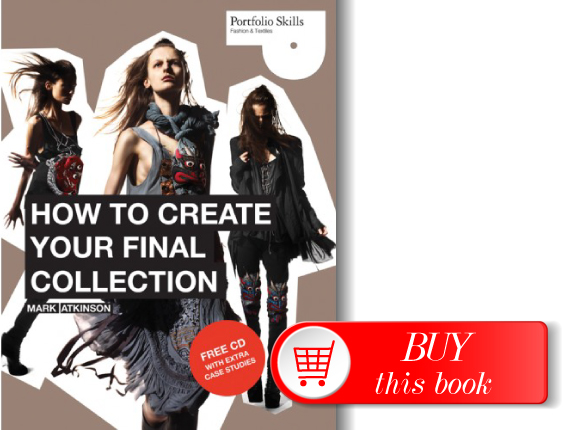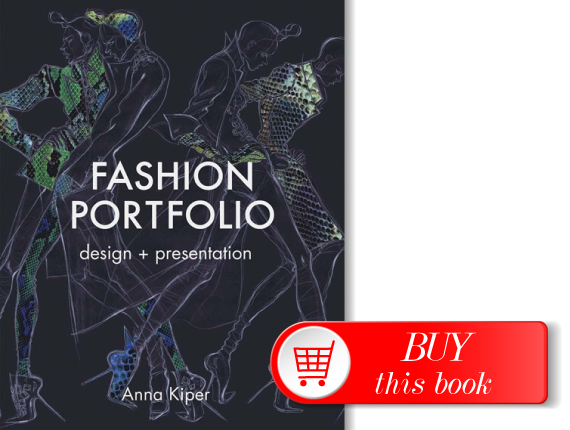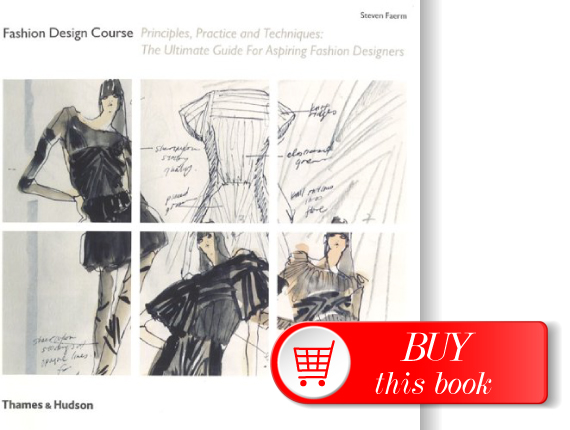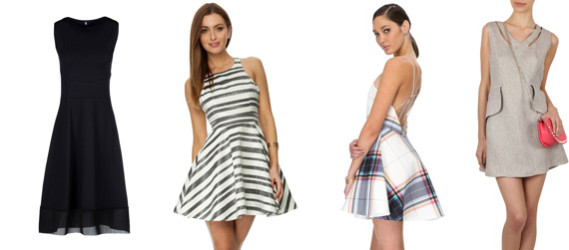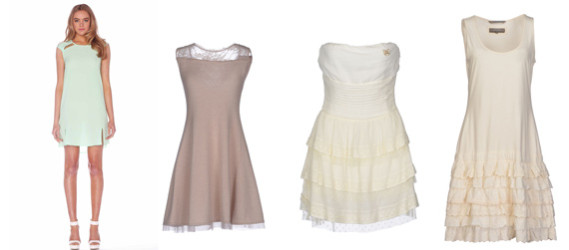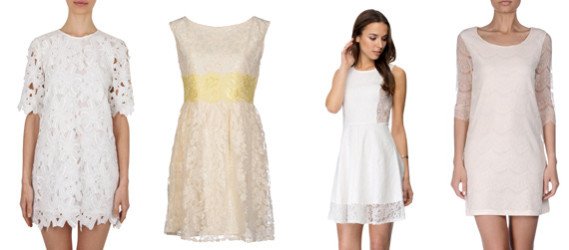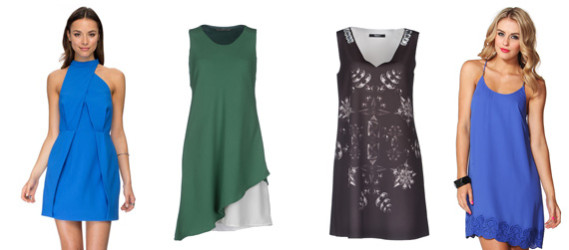Get ready to say goodbye to hours of scrolling through online clothing stores and hello to your new personal stylist – AI-powered fashion assistants! These technologies are revolutionizing the way we shop and dress. From virtual wardrobe management to personalized style recommendations, these AI tools are making fashion more convenient, effortless and fun than ever. Imagine having your own virtual stylist who can curate your wardrobe, recommend outfits for any occasion, and even provide virtual try-on experiences. So, are you ready to join the AI-fashion revolution? Let’s dive in and see how these tools can help you elevate your style game.
The future of fashion is here, and it’s powered by AI!
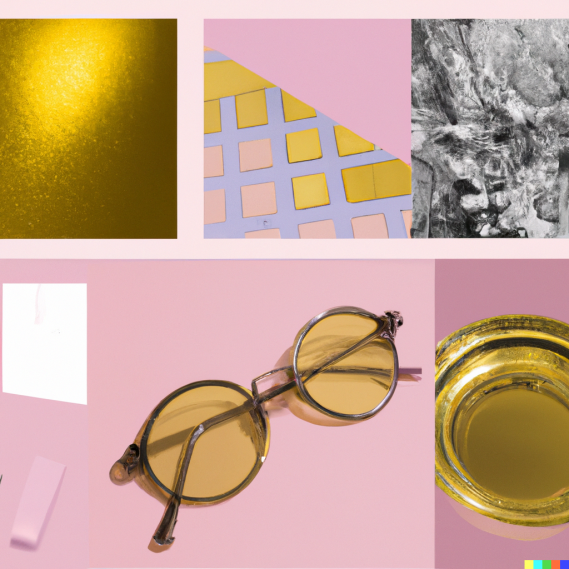
ScopeStyle
~Fashion that fits!
First on the list is ScopeStyle, the ultimate fashion tool that combines cutting-edge AI technology with the latest fashion trends. It makes it easy to find the perfect pieces to add to your wardrobe. All you have to do is to upload a picture of the look you like and let AI do the rest.
Not only will it provide you with all the information about the items, such as brand, price and links to online stores, but it will also offer similar style choices and show how to pair them. Whether you are looking for the perfect top and shoes to match those new jeans or unsure about how to match that pattern, ScopeStyle has got you covered.
ScopeStyle also gives you a personal style score and recommendations to improve it based on trending fashions, so you can always be on top of the latest trends. Plus, ScopeStyle’s collections are carefully selected and curated by AI algorithms. They recognize key trending pieces and update them daily, giving you a diverse range of fashion options.
If you are ready to give it a go, use code PURFE to get 10% off your first purchase.
Style DNA
~Your new BFF (best fashion friend)
Style DNA – the ultimate personal styling app designed to empower you to feel good and look your best.
Whether you’re looking to refresh your wardrobe, try out a new look or just need some inspiration, Style DNA has got you covered. With the help of world-renowned image consultants and cutting-edge AI technology, you’ll be able to tap into your unique style and make informed shopping choices that’ll empower you to look and feel your best. From color analysis to detailed advice on the styles, fits and fabrics, that suit your body best. Style DNA – is like having your own personal fashion concierge at your fingertips!
Have you tried AI-powered personal stylists? Share your story in the comments!

